These are the principal topics we like to play with...
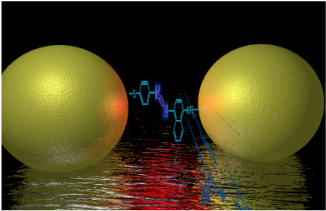
PLASMONICS AND NANOANTENNAS
When light interacts with metal nanoparticles, its conduction electrons can be driven by the incident electric field in collective oscillations known as localized surface plasmon resonances. Plasmonics studies these excitations. Surface plasmons can concentrate or to guide light at the nanometer scale and below the diffraction limit. For this reason, they are extremely relevant in nanophotonic applications as well as in the physics processes where molecules, quantum dots or more generally emitters interact with nanoantennas.
When light interacts with metal nanoparticles, its conduction electrons can be driven by the incident electric field in collective oscillations known as localized surface plasmon resonances. Plasmonics studies these excitations. Surface plasmons can concentrate or to guide light at the nanometer scale and below the diffraction limit. For this reason, they are extremely relevant in nanophotonic applications as well as in the physics processes where molecules, quantum dots or more generally emitters interact with nanoantennas.
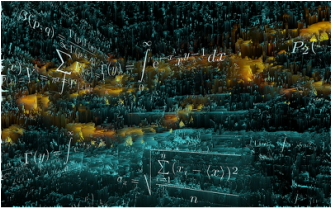
QUANTUM AND NONLOCAL PLASMONICS
When metal nanoparticles are small enough (~1 nm), new exciting quantum phenomena start to play an important role. In particular, light interaction it cannot be considered in the framework of the Maxwell equations. In fact, they begin to fail and a more general, quantized description it is needed, i.e a quantum many-body problem need to be solved. We are interested in the transition between the classical and quantum regimes in systems such as metal nanoparticles when the excitation of localized plasmons plays a significant role.
When metal nanoparticles are small enough (~1 nm), new exciting quantum phenomena start to play an important role. In particular, light interaction it cannot be considered in the framework of the Maxwell equations. In fact, they begin to fail and a more general, quantized description it is needed, i.e a quantum many-body problem need to be solved. We are interested in the transition between the classical and quantum regimes in systems such as metal nanoparticles when the excitation of localized plasmons plays a significant role.
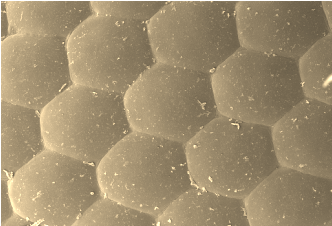
GRAPHENE PLASMONICS
Graphene has emerged as an exciting platform for condensed matter physics, and its optical and electrical properties are fascinating, as it exhibits for instance room-temperature quantum Hall effect and quantized transparency. More interesting, it is a truly 2D crystal that allow to explore exciting new ideas. The full potential of graphene is just being unveiled, it represent a radically new platform for nanoscience and condensed matter physics in general.
Graphene has emerged as an exciting platform for condensed matter physics, and its optical and electrical properties are fascinating, as it exhibits for instance room-temperature quantum Hall effect and quantized transparency. More interesting, it is a truly 2D crystal that allow to explore exciting new ideas. The full potential of graphene is just being unveiled, it represent a radically new platform for nanoscience and condensed matter physics in general.
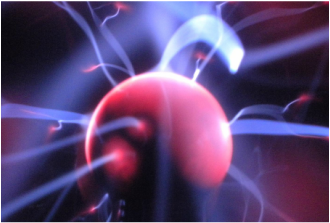
TOPOLOGICAL NANOPHOTONICS
Topological insulators are practically the last major surprise in condensed matter physics. They represent a new class of material that we have just discovered. In these materials, the concept of topology plays a fundamental role. For example, they present topological superficial conductive states despite the fact that their bulk is an insulator. Protected states it means that some magnitudes as the electron current can flow only in a particular direction otherwise, it will break time-reversal symmetry. We want to explore how to control 2D directional electron current with light.
Topological insulators are practically the last major surprise in condensed matter physics. They represent a new class of material that we have just discovered. In these materials, the concept of topology plays a fundamental role. For example, they present topological superficial conductive states despite the fact that their bulk is an insulator. Protected states it means that some magnitudes as the electron current can flow only in a particular direction otherwise, it will break time-reversal symmetry. We want to explore how to control 2D directional electron current with light.

METAMATERIALS
Metamaterial is a material which gains its properties from its structure rather than directly from its material composition. Within the context of photonics, such compounds are engineered composites that exhibit superior, designed properties that are not found in nature and not observed in the constituent materials. They have demonstrated many intriguing properties and applications for control over electromagnetic waves such as negative refraction, superlensing, cloaking devices and they have inspired optical nanocircuits, i.e. circuits with nanometric dimension where the signal is the light.
Metamaterial is a material which gains its properties from its structure rather than directly from its material composition. Within the context of photonics, such compounds are engineered composites that exhibit superior, designed properties that are not found in nature and not observed in the constituent materials. They have demonstrated many intriguing properties and applications for control over electromagnetic waves such as negative refraction, superlensing, cloaking devices and they have inspired optical nanocircuits, i.e. circuits with nanometric dimension where the signal is the light.
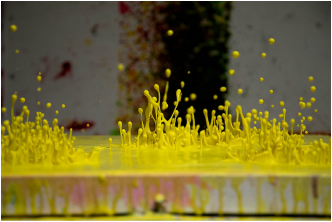
CASIMIR FORCES
Casimir forces are one of the rare instance of quantum phenomena at room conditions manifesting usually as an attractive force between two conducting plates due to vacuum fluctuations. These forces are of critical technological importance as they cause stiction in micro and nano electromechanical systems. We are particularly puzzled by the Casimir forces between graphene sheets, where we think that surface plasmon play a key role. This is intriguing because imply that only surface waves matter (instead of propagating one).
Casimir forces are one of the rare instance of quantum phenomena at room conditions manifesting usually as an attractive force between two conducting plates due to vacuum fluctuations. These forces are of critical technological importance as they cause stiction in micro and nano electromechanical systems. We are particularly puzzled by the Casimir forces between graphene sheets, where we think that surface plasmon play a key role. This is intriguing because imply that only surface waves matter (instead of propagating one).